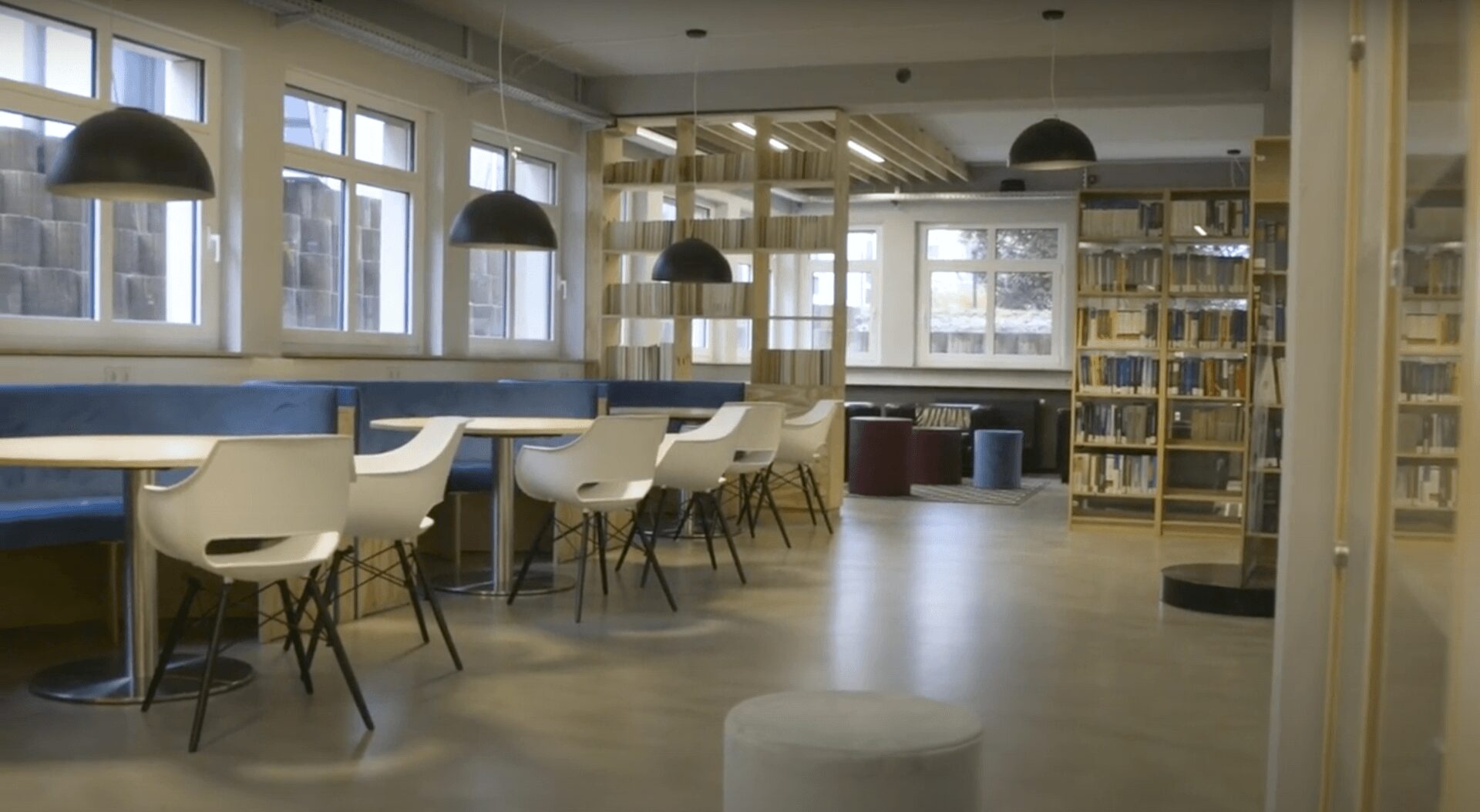
accadis University
accadis ISB is a role model for students, families and society, particularly when it comes to environmental protection. In 2019, the Bad Homburg educational institution therefore refurbished the lighting in the library, the art and office rooms and the cafeteria. These two refurbishment projects were co-financed by the National Climate Initiative and implemented by Project Management Jülich. Cabsol Deutschland GmbH installed the highly efficient "wtec smartengine" LED lighting system, which consists of 191 LED luminaires with sensors. This will save the international school 88 percent of electricity in the future. This corresponds to around 26 tons of CO2 per year and will result in 514 tons of CO2 saved over the entire service life of the lighting technology.
Herausforderung
Each luminaire can be individually controlled
Using a low-voltage supply, gateways feed and control all LEDs centrally via one data cable per luminaire, making it possible to dim and control each luminaire individually as required in a matter of seconds. A close-meshed sensor network also records information about room temperature, daylight incidence, movement and power consumption in real-time. Thanks to the data provided by the system, accadis ISB can efficiently adapt its savings strategy to new circumstances in the future.
Lösungen
Learning in the sunshine
LED lights do not contain any harmful substances such as mercury and do not emit UV or infrared light. Although they are considered electronic waste at the end of their life, their raw materials are largely recyclable. LED lamps also generate less heat than incandescent lamps. The LED light spectrum is similar to sunlight and ensures a pleasant learning environment in every classroom. Thanks to the flicker-free and uniform lighting, the bilingual school promotes pupils' ability to concentrate so that they achieve their learning goals more quickly and easily.
Nutzen
LED lamps last longer
The LEDs that will provide light in the accadis ISB in the future will shine for up to 100,000 hours. At the end of their life, they do not simply "go out" like incandescent bulbs, but shine steadily weaker. On average, only around two out of every million LED lights fail at an earlier stage. The new LED lighting is therefore maintenance-free for many years.

